|
This is a catalog of
nationwide average "winter" temperature and precipitation anomalies for
previous El Niño events. It also has the average for all
events, weak events, moderate events, strong and very strong events and the wide range
of the individual seasons that went into making up each of the averages.
It
cannot be stressed strongly enough that this is a climatological analysis
and not a forecasting tool. This is especially true for the averages of
different strength events which are made up of what are a very broad range
of conditions; some that are decidedly atypical.
The
Oceanic Niño Index (ONI)
is used to identify El Niño (warm) and La Niña (cool) events in the
tropical Pacific. The ONI is the running 3-month mean SST anomaly for the
Niño 3.4 region (i.e.,
5oN-5oS, 120o-170oW).
Events are defined as 5 consecutive months at or above the +0.5o anomaly
for warm (El Niño) events and at or below the -0.5 anomaly for cold (La
Niña) events. The threshold is further broken down into Weak (with a 0.5
to 0.9 SST anomaly), Moderate (1.0 to 1.4), Strong (1.5 to 1.9) and Very Strong (≥
2.0) events. For
the purpose of this report for an event to be weak, moderate, strong or
very strong it
much have equaled or exceeded the threshold for at least 3 months.
*A period of November - March was chosen as "winter" for this study
because approximately 85% of the California rainfall is during that
period.
El Niño Events:
Weak: 1952-53, 1953-54,
1958-59, 1969-70, 1976-77, 1977-78, 1979-80, 2004-05, 2006-07, 2014-15
Moderate:
1951-52, 1963-64, 1968-69, 1986-87,1994-95,
2002-03, 2009-10
Strong: 1957-58, 1965-66, 1972-73, 1987-88, 1991-92
Very Strong:
1982-83,
1997-98, 2015-16
El Niño (Warm Event)
Anomalies:
Winter (November, December, January, February, March) Impacts
|
El Niño
Precipitation |
Average -
All El Niño
ONI ≥
+0.5
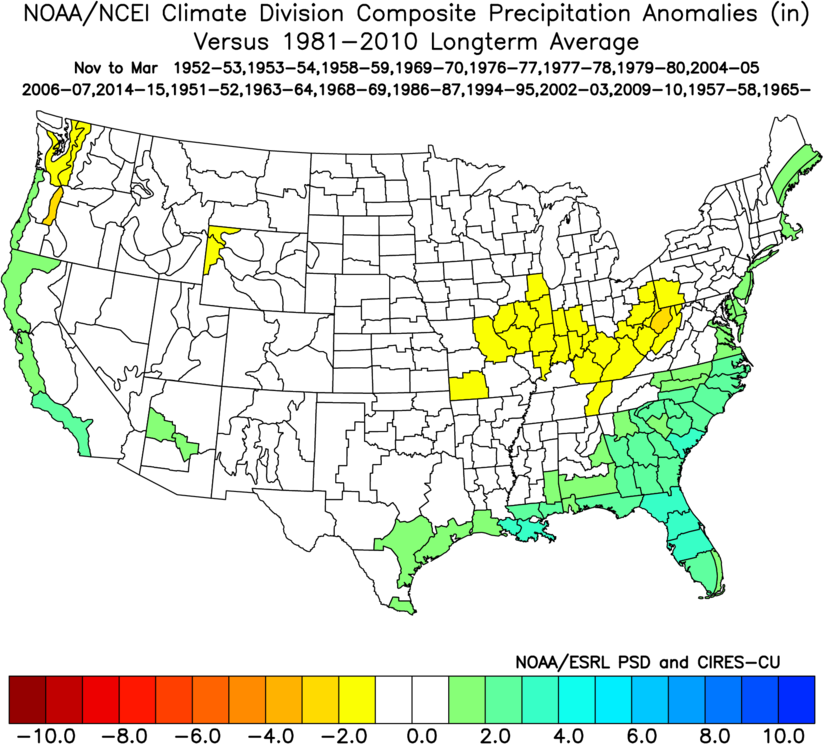
|
| 1951-52 |
1952-53 |
1953-54 |
1957-58 |
1958-59 |
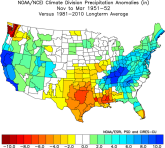 |
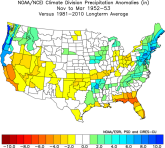 |
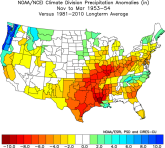 |
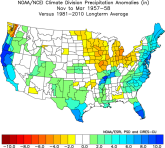 |
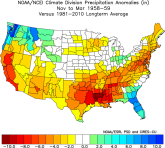 |
| 1963-64 |
1965-66 |
1968-69 |
1969-70 |
1972-73 |
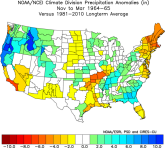 |
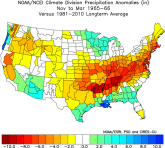 |
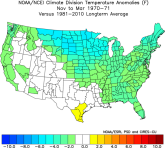 |
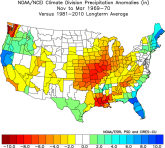 |
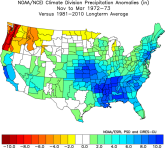 |
| 1976-77 |
1977-78 |
1979-80 |
1982-83 |
1986-87 |
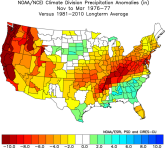 |
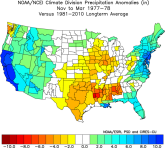 |
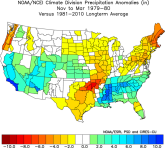 |
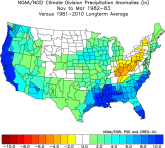 |
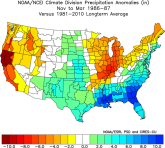 |
| 1987-88 |
1991-92 |
1994-95 |
1997-98 |
2002-03 |
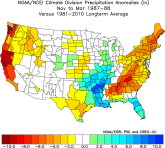 |
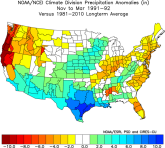 |
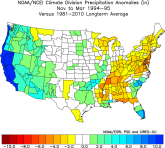 |
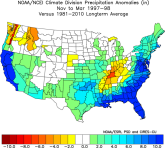 |
 |
| 2004-05 |
2006-07 |
2009-10 |
2014-15 |
2015-16 |
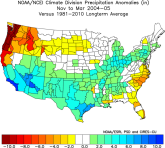 |
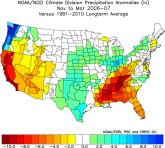 |
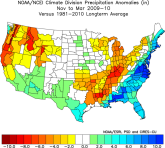 |
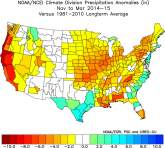 |
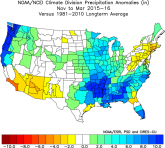 |
|
| |
Average - Weak El Niño
ONI= +0.5 to +0.9
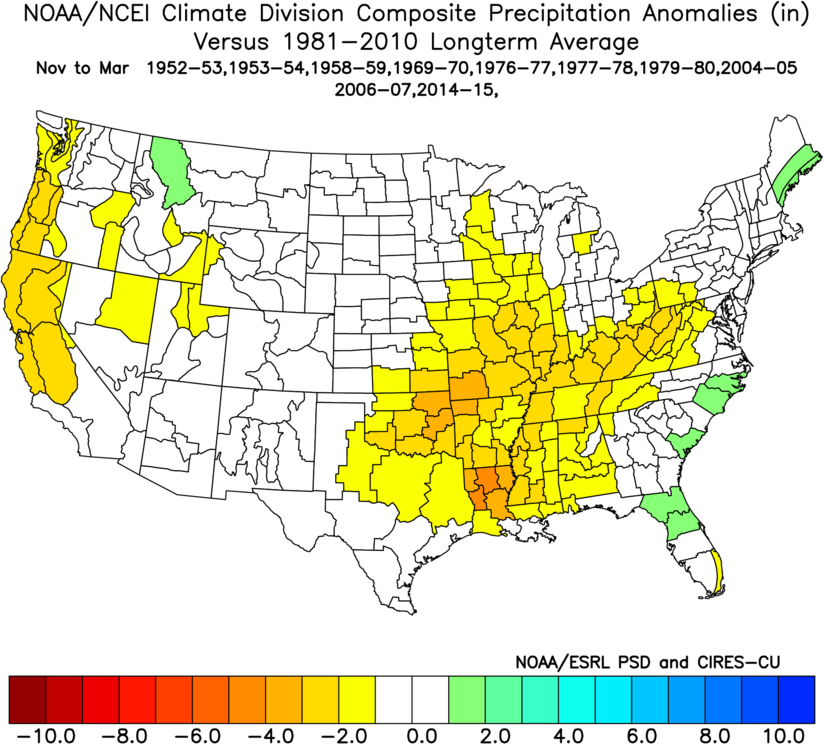
|
| 1952-53 |
1953-54 |
1958-59 |
1969-70 |
1976-77 |
 |
 |
 |
 |
 |
| 1977-78 |
1979-80 |
2004-05 |
2006-07 |
2014-15 |
 |
 |
 |
 |
 |
|
| |
Average - Moderate El Niño
ONI=
+1.0
to +1.4
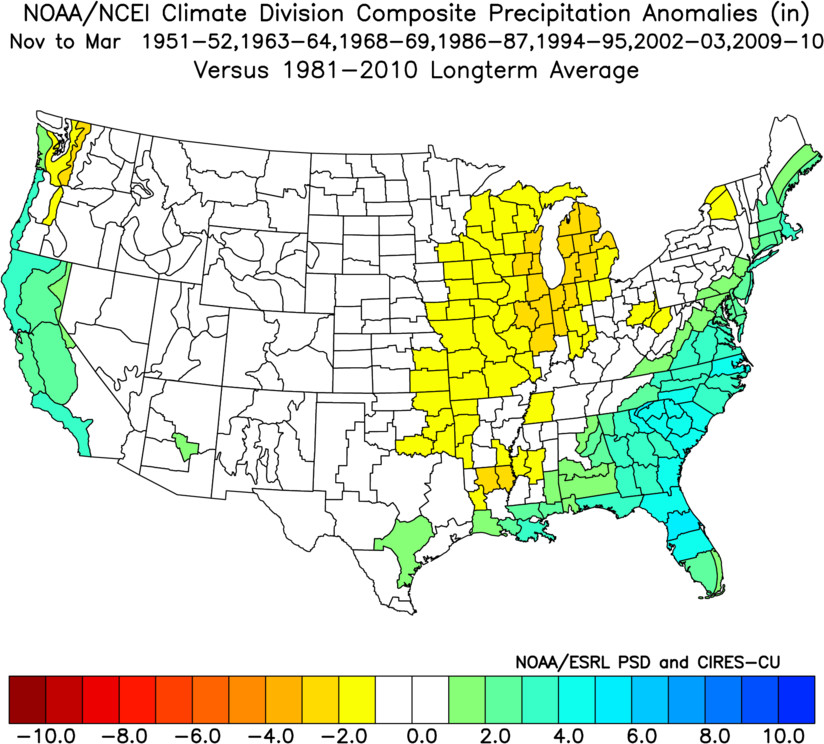
|
| 1951-52 |
1963-64 |
1968-69 |
1986-87 |
1994-95 |
 |
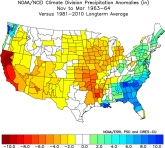 |
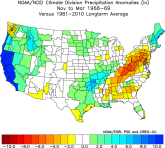 |
 |
 |
| 2002-03 |
2009-10 |
|
|
|
 |
 |
|
|
|
|
| |
Average - Strong El Niño
ONI= +1.5
to +1.9
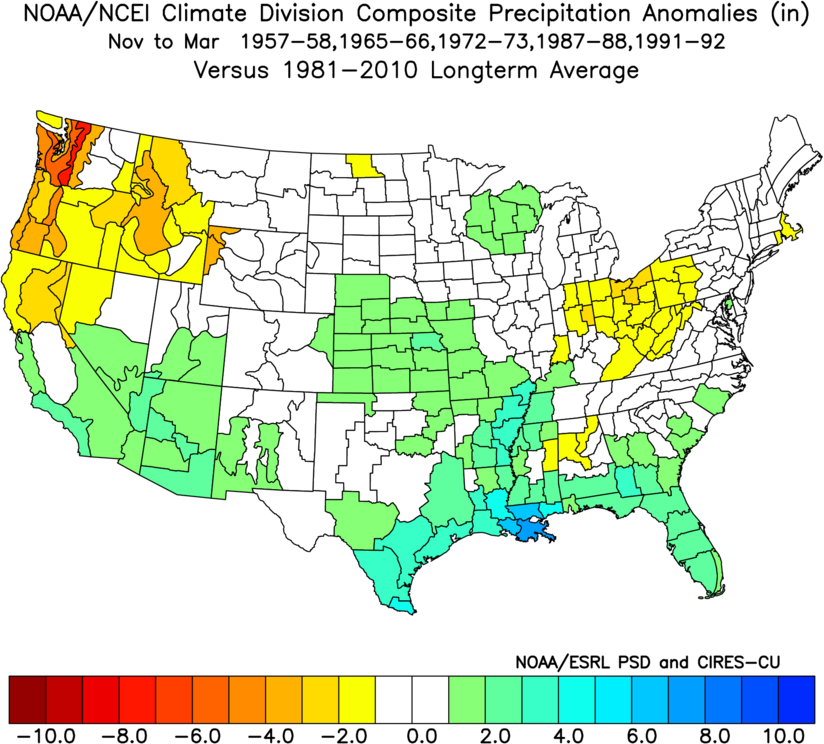
|
| 1957-58 |
1965-66 |
1972-73 |
1987-88 |
1991-92 |
 |
 |
 |
 |
 |
|
|
|
Average - Very Strong El Niño
ONI= ≥ +2.0
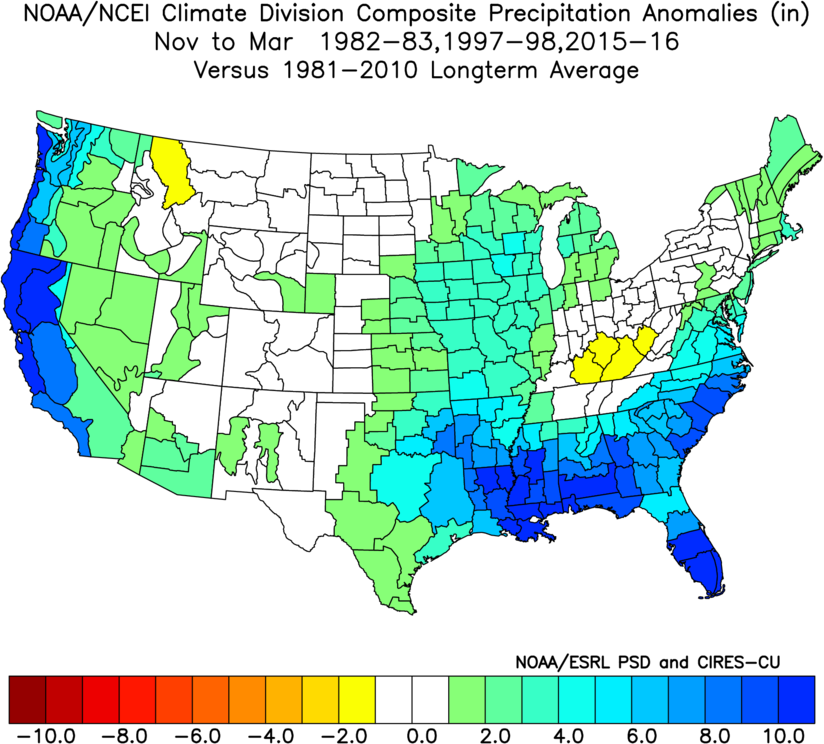
|
|
|
El Niño
Temperature |
Average -
All El Niño
ONI ≥
+0.5
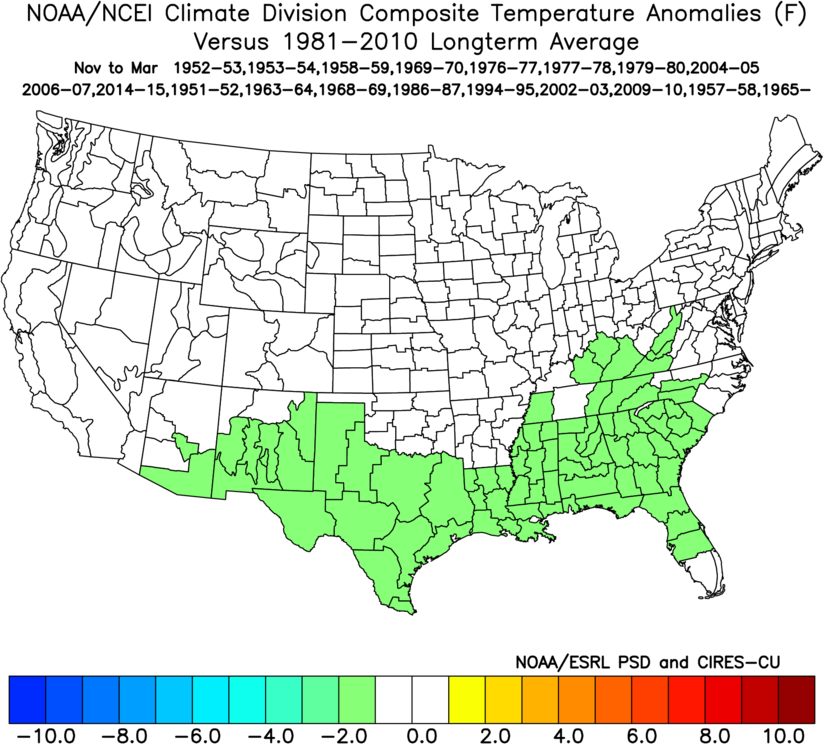 |
| 1951-52 |
1952-53 |
1953-54 |
1957-58 |
1958-59 |
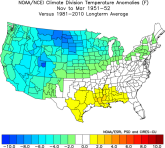 |
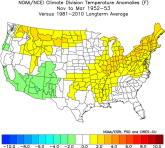 |
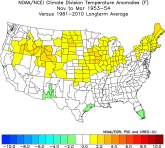 |
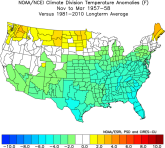 |
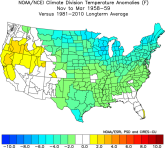 |
| 1963-64 |
1965-66 |
1968-69 |
1969-70 |
1972-73 |
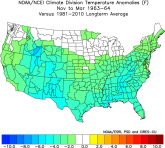 |
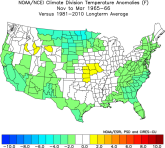 |
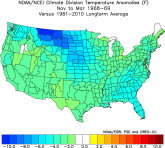 |
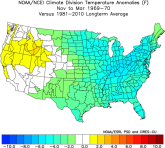 |
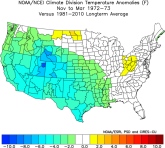 |
| 1976-77 |
1977-78 |
1979-80 |
1982-83 |
1986-87 |
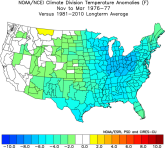 |
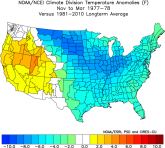 |
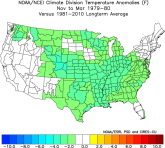 |
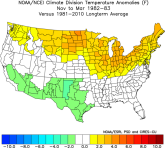 |
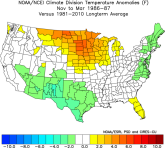 |
| 1987-88 |
1991-92 |
1994-95 |
1997-98 |
2002-03 |
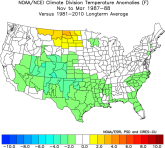 |
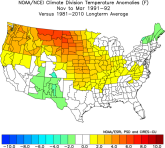 |
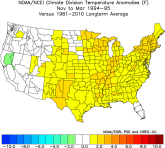 |
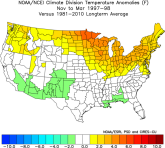 |
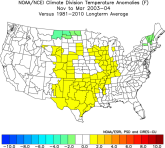 |
| 2004-05 |
2006-07 |
2009-10 |
2014-15 |
2015-16 |
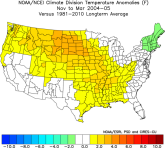 |
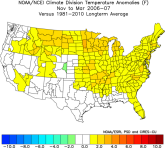 |
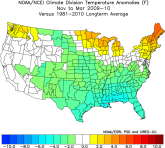 |
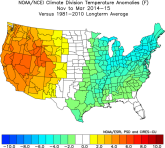 |
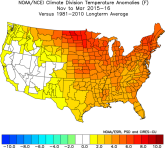 |
|
| |
Average - Weak El Niño
ONI= +0.5 to +0.9
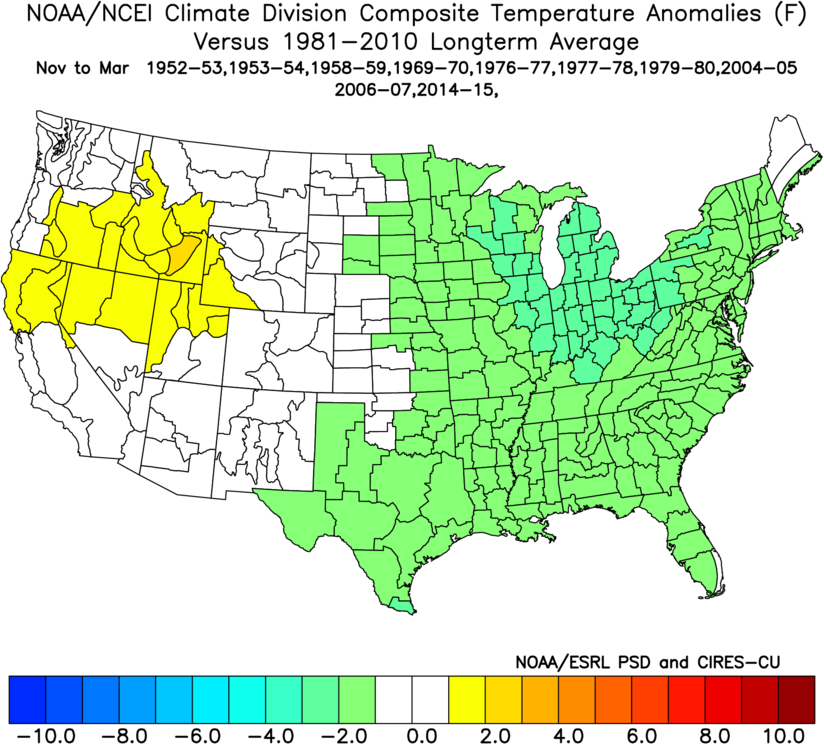 |
| 1952-53 |
1953-54 |
1958-59 |
1969-70 |
1976-77 |
 |
 |
 |
 |
 |
| 1977-78 |
1979-80 |
2004-05 |
2006-07 |
2014-15 |
 |
 |
 |
 |
 |
|
| |
Average - Moderate El Niño
ONI=
+1.0
to +1.4
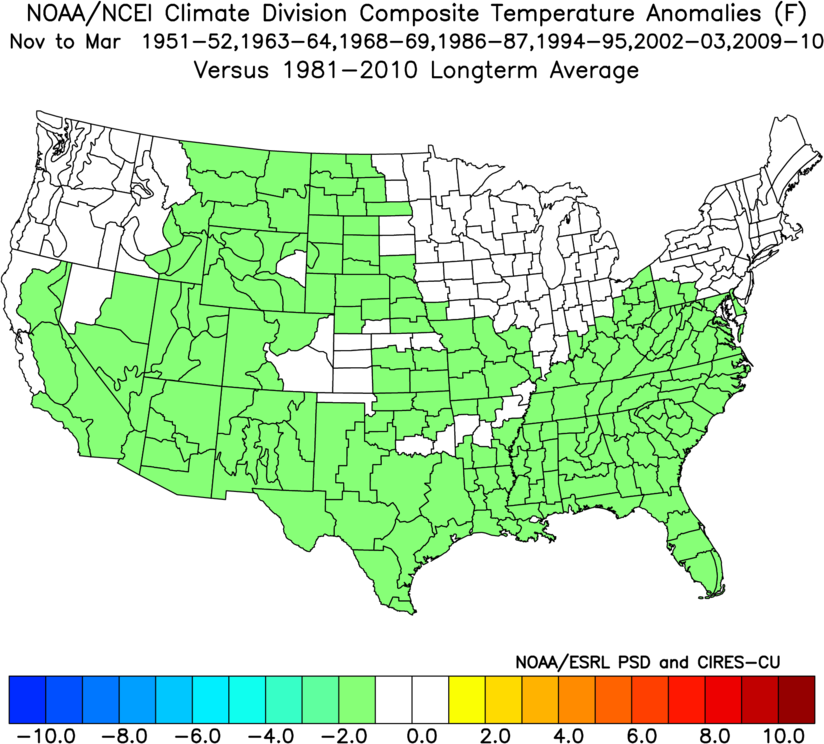
|
| 1951-52 |
1963-64 |
1968-69 |
1986-87 |
1994-95 |
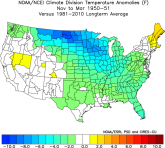 |
 |
 |
 |
 |
| 2002-03 |
2009-10 |
|
|
|
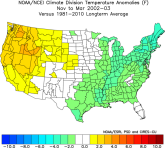 |
 |
|
|
|
|
| |
Average - Strong El Niño
ONI= +1.5
to +1.9
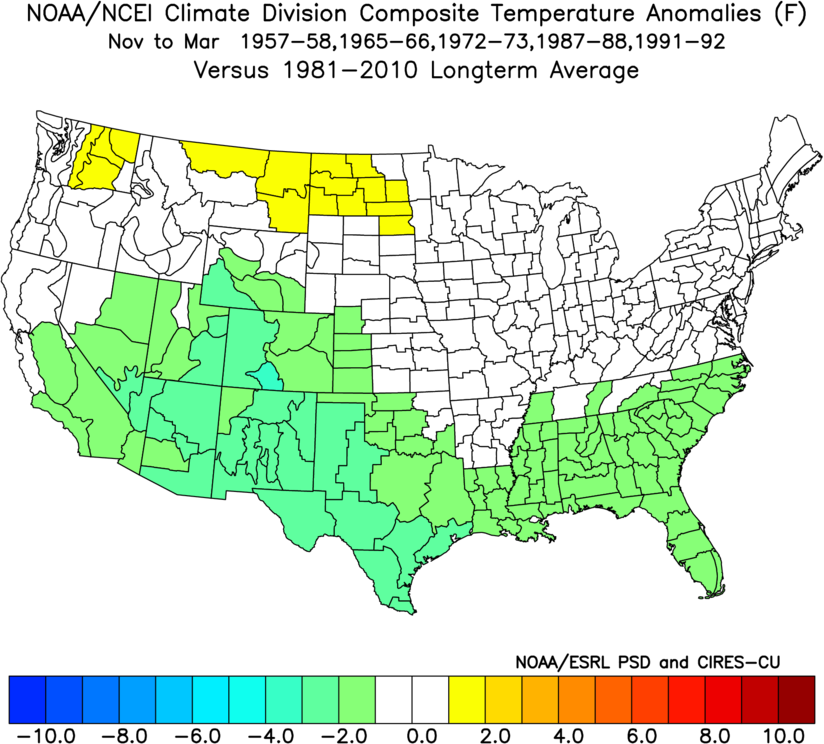
|
| 1957-58 |
1965-66 |
1972-73 |
1987-88 |
1991-92 |
 |
 |
 |
 |
 |
|
|
|
Average - Very Strong El Niño
ONI= > +2.0
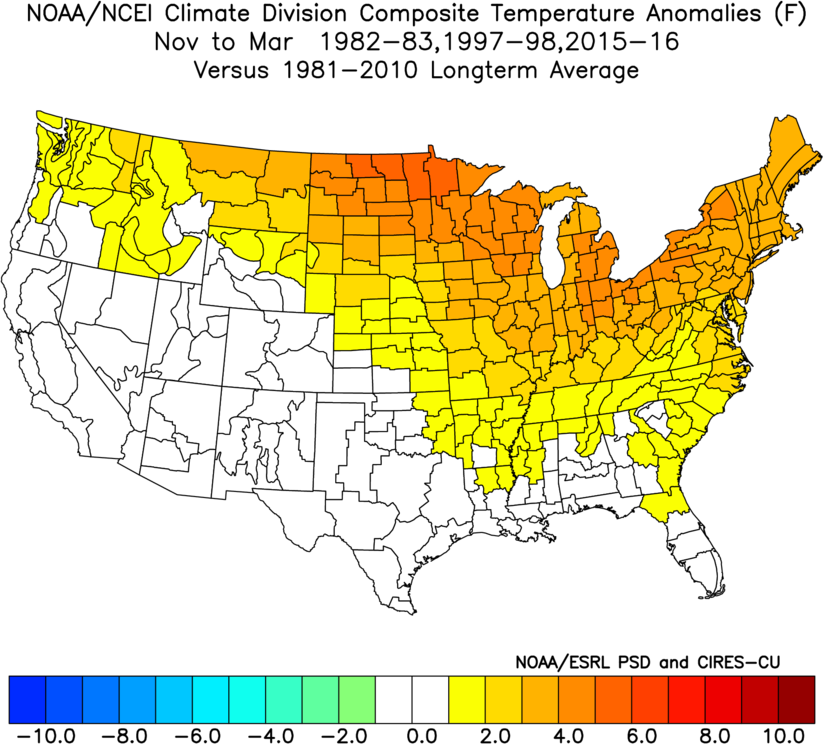
|
|
|

